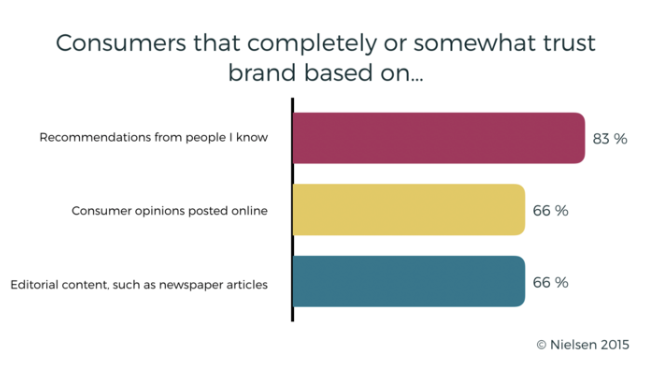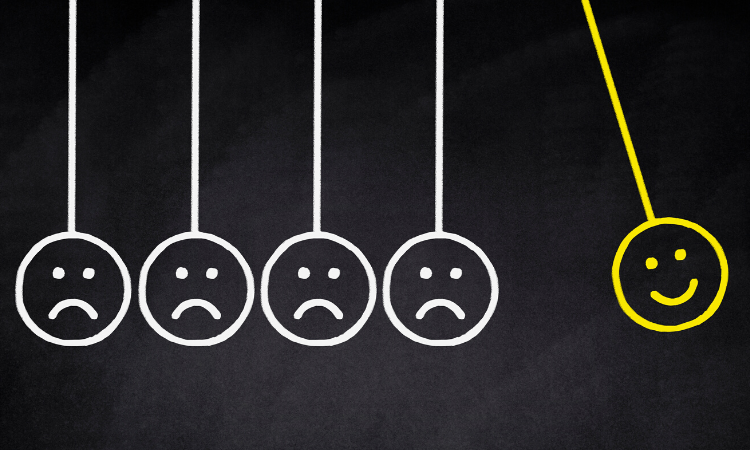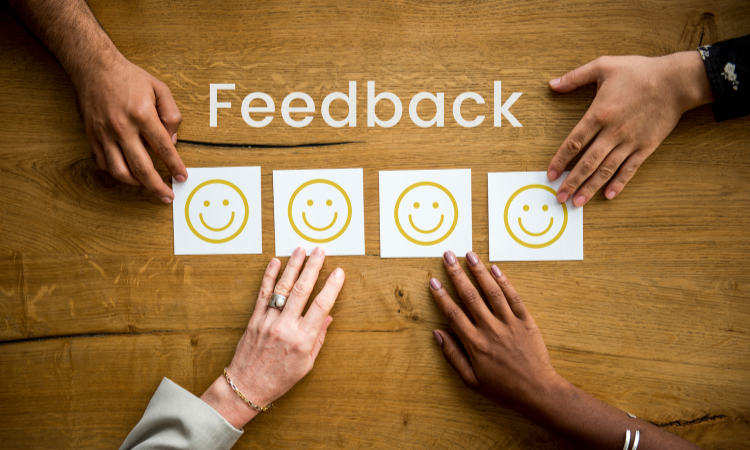As a customer experience manager, you might often face rejection and get negative feedback from your customers. Getting negative feedbacks from customers is not the biggest concern, as long as you figure out the solutions to mitigate their impact. In fact, negative feedback helps you to analyze your performance and alarm you to make necessary improvements to drive effectiveness.
This is called Closing the Feedback Loop which essentially means that you address all feedback (both negative and positive), communicate with customers and make business changes, if necessary.
Take Action and Close the Feedback Loop👩💻
Analyze feedback, view insights, collaborate with you team and close the feedback loop to prevent churn with Zonka Feedback.

Why To Close Negative Feedback Loop
While all feedback received from customers should be addressed, it is a no-brainer that addressing negative feedback is more important. There are some very compelling reasons and evidence to highlight the importance of closing the negative feedback loop.
1. To Reduce Negative Verbiage - According to the study, 95% of the sample admitted that they would rather share negative reviews, 54% shared these negative stories with more than 5 people. The study also revealed that 66% of the customers refuse to make another purchase after these negative experiences.
Key Take Away
Set up negative feedback alerts for concerned team members and equip them with a customer feedback tool that allows them to track negative feedback and immediately follow up with grumpy customers before they spread negativity.
2. To Reduce Cost of Customer Acquisition - According to Harvard Business Review, ignoring unhappy customers and focusing on acquiring new customers can cost you 5 to 25 times more expensive than retaining the existing one.
Key Take Away
While you work on generating more business and getting in more customers, save the ones you already have. Happy customers can be your brand ambassadors.
Read Also: How to get the most out of happy customers.
3. To Increase Customer Loyalty - Nowadays customers completely or somewhat trust brands based on the recommendation from people. A trust worthy brand is not just one that gives good experience every time, but also one that listens to issues, addresses them and makes corrective action.
Key Take Away
Be that brand. Be an active listener by effectively taking customer feedback, stay abreast with customer concerns, and address them to close the negative feedback loop. This will help you build customer loyalty like never before.

So, if you are not following up with your unhappy customers and closing the negative feedback loop, then you are seriously losing your potential customers.
5 Strategies to Close Negative Feedback Loop
Here are 5 powerful strategies to close the negative feedback loop and turn it into positive engagement:
5 Strategies to Close Negative Feedback Loop
- Respond to your unhappy customers personally
- Listen to their problems
- Fix their issues without being defensive
- Treat your unhappy customers with incentives
- Show gratitude with Thank You message
1. Respond to Unhappy Customers Personally
If you want to survive in the market, you need to make your brand image more powerful and impactful. Create product/service in such a way that it provides exceptional user-experience to your customers. If you get negative feedback from your unhappy customers, you should follow up with them to improve their perception of your product/service or brand. While contacting or responding to their negative reviews, follow the humanized approach. Apart from email, always choose SMS or personal call as a follow-up channel.
The practice of responding personally cannot only enable you to close negative feedback loop seamlessly but also help you to regain the lost attention of the customer. Follow-up personally to assure your unhappy customers that you are here to help them again.
2. Listen to Their Problems
If you want to win your customers and expand your customer base, then you need to do in-depth research about the issues and concerns. If your customers give you negative feedback, do comprehensive research that what are the problems they are facing in employing your product/service. Once you received negative feedback, go deep into their comments and read it thoroughly to fix the issues and improve their experience. You can also use skip logic and branching in the survey in which customers will view only those questions that are relevant to them and deliver a better experience while giving feedback.
Therefore, this practice of focusing on the unhappy customers can help you to design your close feedback loop in such a way that it gives the impression to your unhappy customers that you care for them and want to improve their experience. This, in turn, may convert your grumpy customers to the biggest promoters (happy customers).
3. Fix Their Issues without Being Defensive
It is being suggested that before approaching your detractors (unhappy customers), you should make a plan and work accordingly. Make notes on how you going to start your conversation, what all things you going to cover that are in your favor, and much more. In the case of following up with the unhappy customers, never restrict your conversation with the closed questions. If your customer has an abundance of time, then you should go deep into their perception of your product/service. You can also begin with the apology note and assure your unhappy customers that you are here to help them again.
Sometimes it happens that when you approach your unhappy customers, they might think that you are trying to hard-sell them, so you need to handle this situation calmly without losing patience. Listen to their problems calmly and fix their issues as soon as possible.
4. Treat Your Unhappy Customers with Incentives
If the regular customer provides you with negative feedback for your service/product, then you need to put lots of effort to refine his/her experience. Thus, Incentive is one of the foolproof ways to lure your unhappy customers back to your shop. You need to focus on enhancing the experience of your existing customer because
80% of your company’s future revenue will come from just 20% of your existing customers.
Source: Gartner
Swiggy: How Incentives Help Them to Enhance CX
Say, a customer had bad food experience and voiced his feedback to Swiggy. To improve his customer experience, the Customer Relations Manager of Swiggy will lure you back with an incentive such as free dessert or free credits to your Swiggy account. This gesture cannot only bring back your customer to your shop but also creates a stronger and long-term customer relationship.5. Show Gratitude with Thank You Message
It is quite a big thing that your unhappy customers are investing their time to listen to you and give you another chance. In such a scenario, you need to connect with the emotion of your customers and convey the expression of gratitude to them.
Once you close the negative feedback loop, always send personalized SMS or email to your respondents and express your thanks. You can also reward your customers with small incentives or gift hamper for using your product/service and giving feedback. This expression of appreciation can connect your customers emotionally with your brand.
According to Forbes, 68% of customers turn their backs on companies because they feel unappreciated.
This list of effective strategies for closing a negative feedback loop can help you to develop long-term customer relationships with your unhappy customers and convert them to your happy customers. If you incorporate the above strategies in your follow-up campaign, you can easily avoid all those mistakes that lead to the churn rate.
If you are still thinking that identifying & approaching unhappy customers is rocket science, then get a highly-automated Customer Feedback Tool to follow up or manage your detractors (unhappy customers) efficiently.




.jpg)




.png)

.jpg)